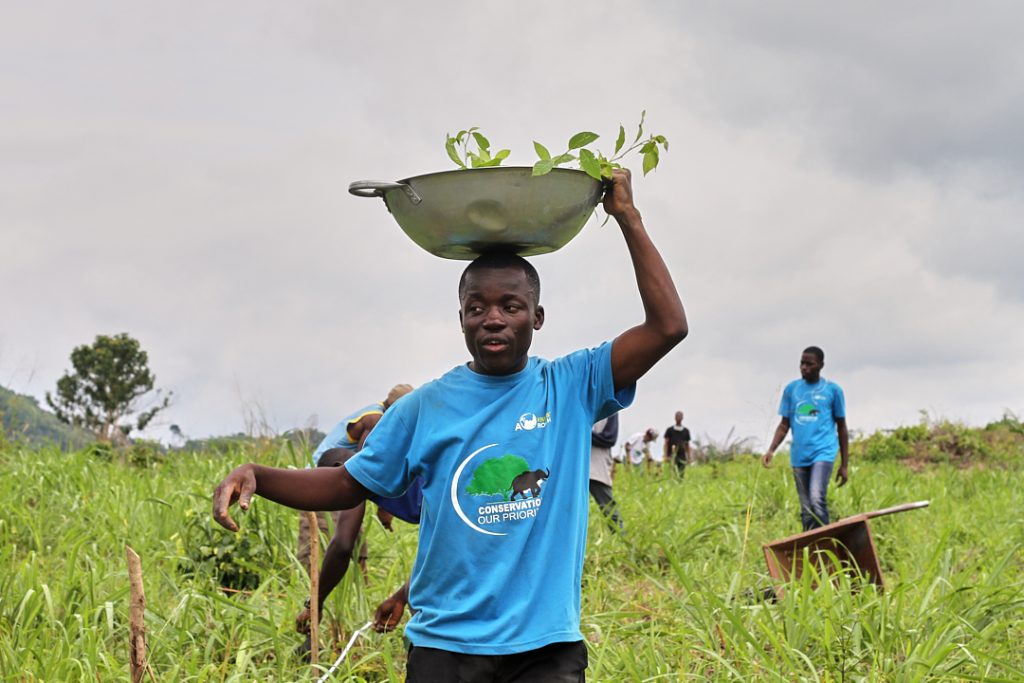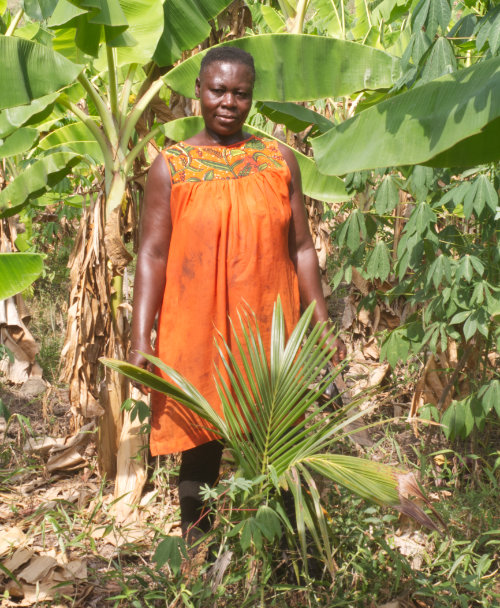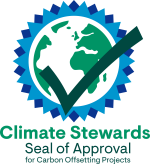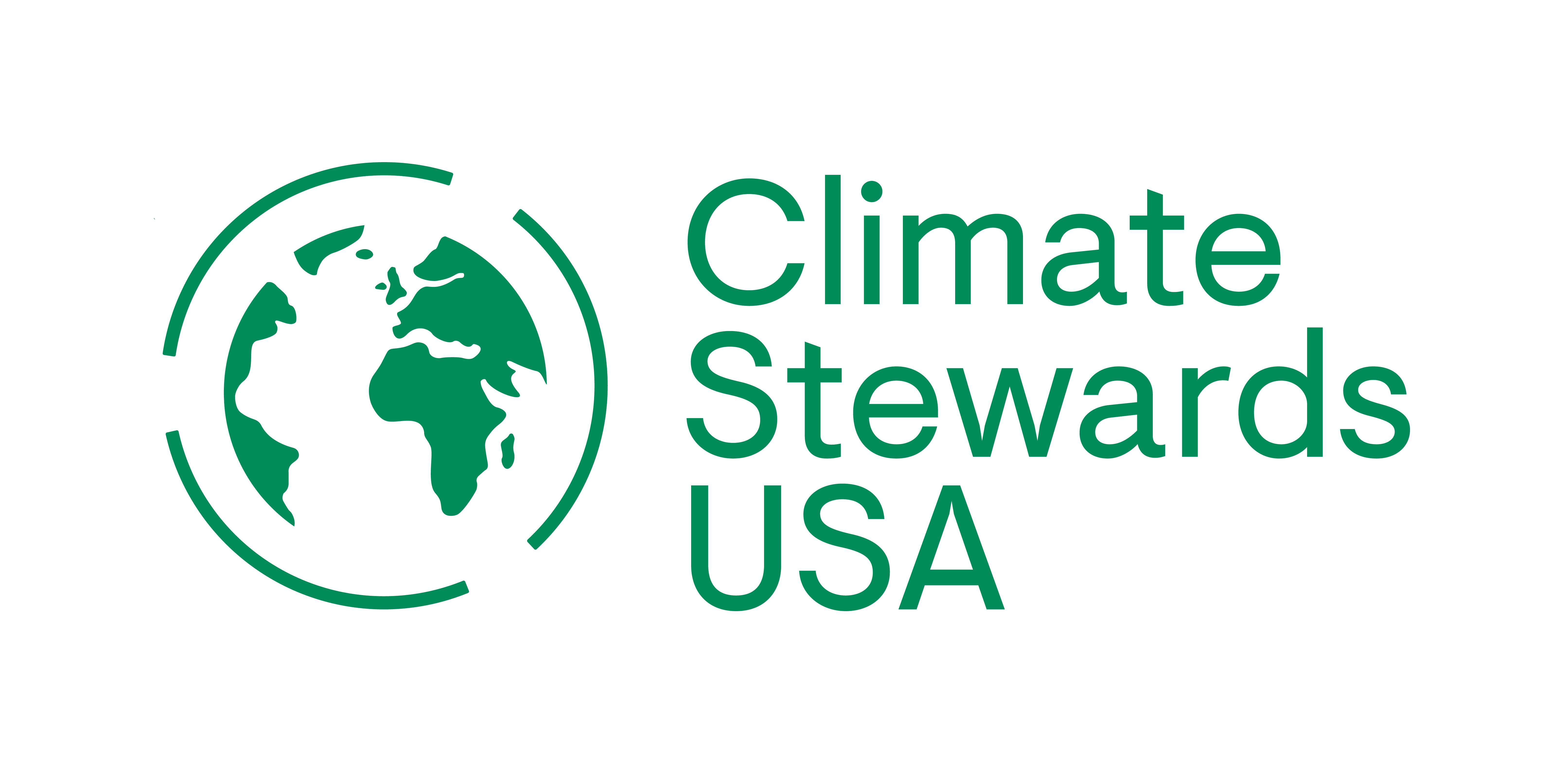Lake Bosomtwe is situated within an ancient impact crater located in a semi-deciduous rainforest to the southeast of Kumasi in central Ghana. It is an area with significant biodiversity and the communities that live around the lake rely on farming and fishing. However, climate change is threatening their livelihoods as rainfall patterns become increasingly erratic. Our partner, A Rocha Ghana, has been supporting the lakeside communities for many years to develop sustainable agriculture, fishery, and livelihoods programs.

A Rocha Ghana is working with local smallholder farmers to grow native and fruit trees around Lake Bosomtwe. Farmers plant six indigenous and naturalized tree species including Terminalia superba, Ceiba pentandra, Nauclea diderrichii, Khaya ivorensis, Mangifera indica, and Persea americana. In some cases, the trees are used as boundary planting, helping to delineate the boundaries of the landholding. They plant others using an agroforestry model, where the young trees are interspersed with food crops including maize, cassava, and oil palm. When young, the crops provide shade and shelter from intense sun and rain while the trees get established. After a few years, the trees will grow and close the canopy and farming will cease.
A Rocha Ghana works closely with smallholders to ensure that the land used for tree growing is surplus to their food crop requirements. We pay a small “Payment for Ecosystem Services” stipend at regular intervals over the first 15 years of the project’s life, as compensation for their labor in planting and caring for the trees.

Since 2020 the farmers have planted 6,060 trees which will lock up 5,415 metric tons of CO₂ over the project period. As part of our Seal of Approval, we work with all our project partners to carry out a detailed risk assessment. We apply the results to our carbon calculations so that our estimates are cautious and take account of known and anticipated risks. We hold a significant “insurance buffer” of carbon stocks for forestry projects to ensure that they deliver at least as much CO₂ savings as calculated.







